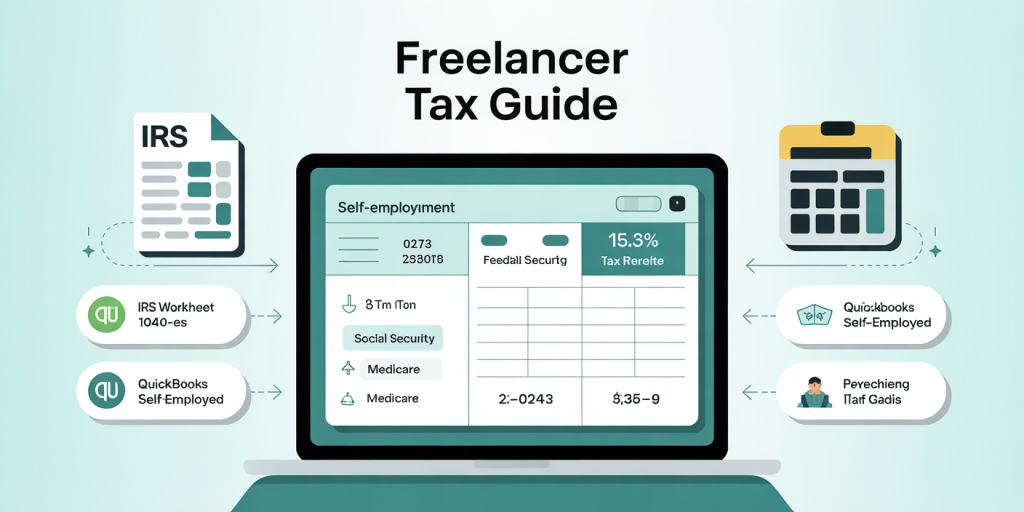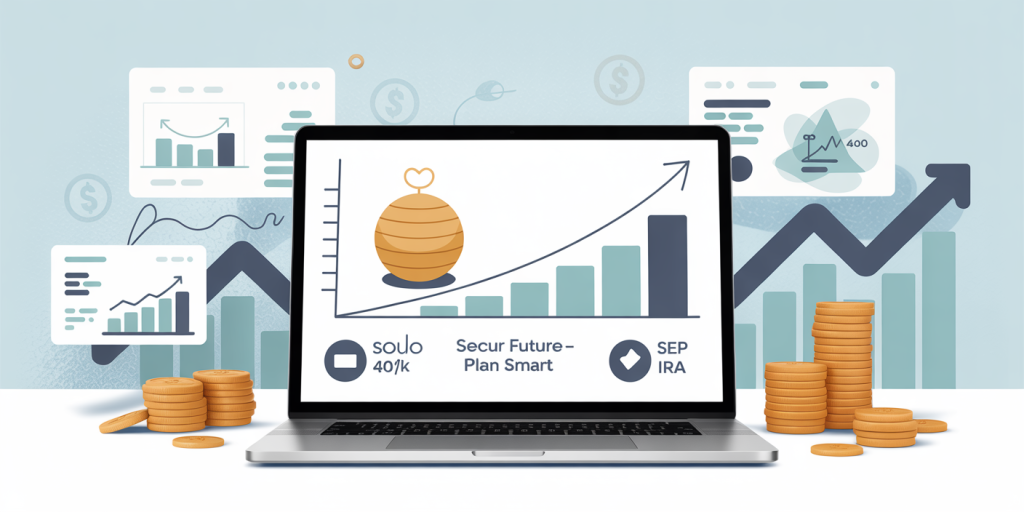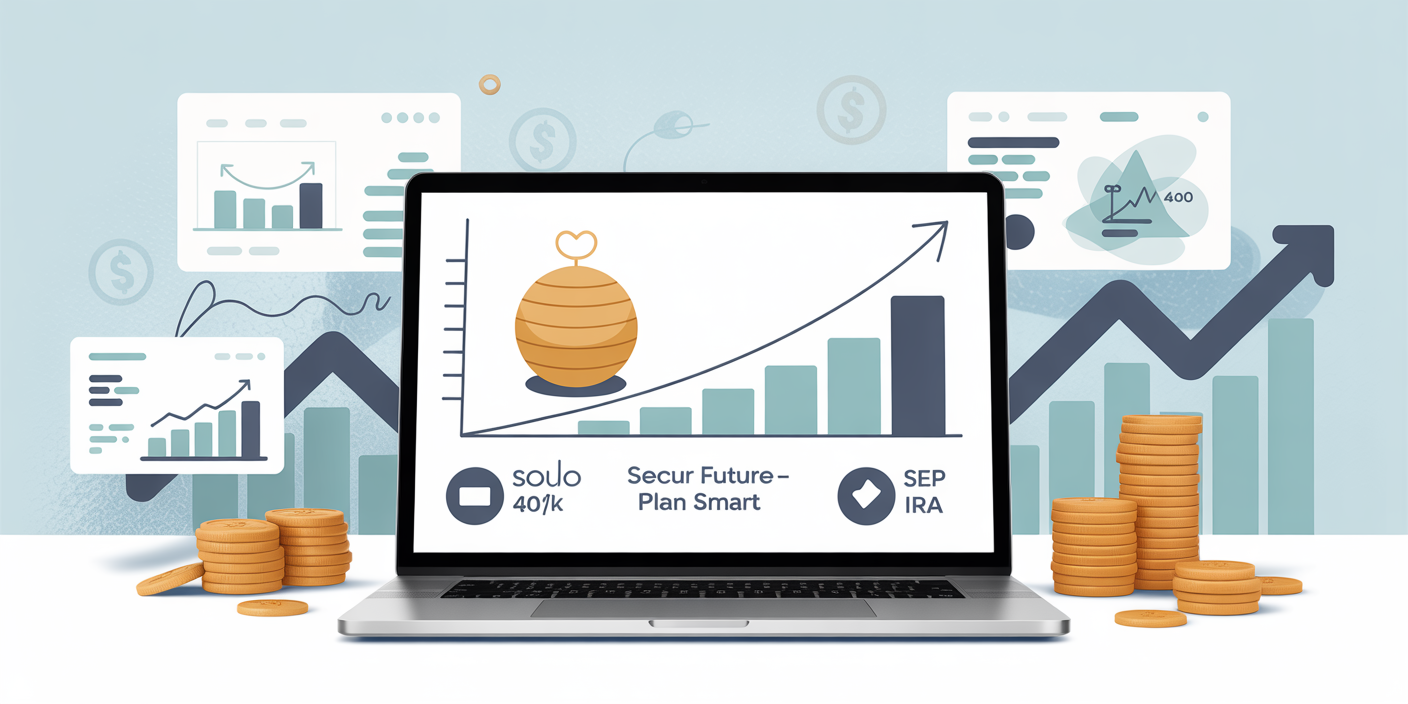Freelancing has surged in popularity, with millions worldwide choosing the flexibility and autonomy of self-employment. According to a 2023 report from Upwork, over 59 million Americans freelanced in some capacity, contributing approximately $1.4 trillion to the economy. However, along with the independence comes the critical responsibility of managing taxes efficiently. Freelancers face unique tax challenges compared to traditional employees, including handling self-employment taxes, quarterly estimated tax payments, and complex deductions.
Understanding effective tax strategies is essential for freelancers not only to remain compliant with tax regulations but also to optimize their earnings and cash flow. This article explores practical tax strategies designed explicitly for freelancers, providing actionable advice supported by real-life examples, data, and comparative insights to help freelancers make informed financial decisions.
Understanding Self-Employment Taxes and Obligations
Freelancers are classified as self-employed by the IRS, which means they must pay the self-employment tax that covers Social Security and Medicare contributions. As of 2024, the self-employment tax rate is 15.3%, comprising 12.4% for Social Security and 2.9% for Medicare. In contrast, traditional employees have half of these contributions paid by their employer. This tax obligation can seriously impact net income if not anticipated.
For example, a freelancer earning $75,000 annually will owe approximately $11,475 in self-employment tax alone. Unlike salaried workers, no taxes are withheld from freelance payments, requiring proactive quarterly estimated tax payments to avoid penalties. The IRS mandates that freelancers submit estimated taxes quarterly if they expect to owe $1,000 or more when filing their annual return.
Timely and accurate quarterly payments can prevent costly underpayment penalties. Tools such as the IRS’s Estimated Tax Worksheet or software like QuickBooks Self-Employed can simplify calculations by estimating income and expenses throughout the year. Understanding the mechanics and timing of these obligations minimizes surprises and smooths cash flow management.
Deductible Business Expenses: Lowering Taxable Income
One of the greatest advantages freelancers have is the ability to deduct legitimate business expenses, reducing taxable income. Deductions may include home office space, equipment, software subscriptions, travel related to work, and internet and phone bills proportionally used for business purposes. The key is meticulous record-keeping and ensuring expenses are ordinary and necessary for the business.
For instance, a freelance graphic designer who spends $2,400 annually on design software like Adobe Creative Cloud can deduct that entire expense. Moreover, the IRS permits home office deductions if a dedicated portion of the home is used regularly and exclusively for business. Suppose the freelancer’s office occupies 10% of the home’s square footage, and the annual home expenses (rent, utilities, insurance) total $24,000. This could translate to a $2,400 deduction, significantly reducing taxable income.
Freelancers often overlook smaller expenses such as office supplies, educational courses to enhance skills, or even meals with potential clients, which are 50% deductible. Let’s compare common tax deductions freelancers can claim:
| Expense Category | Example | Deductible Portion |
|---|---|---|
| Home Office | Dedicated office space | Percentage of home expenses |
| Equipment & Software | Computers, Adobe subscription | 100% |
| Business Travel | Client meetings out of town | 100% |
| Internet & Phone | Business-related usage | Percentage used for business |
| Education | Workshops, courses | 100% if related to business |
| Meals | Business lunches | 50% |
Implementing strategic expense tracking through apps like Expensify or manual spreadsheets ensures freelancers claim maximum allowable deductions, easing their tax burdens.

Retirement Contributions: Creating a Tax-Advantaged Safety Net
Freelancers do not have employer-sponsored retirement plans, but various IRS-approved options can help build tax-advantaged retirement savings. Plans like SEP IRAs, Solo 401(k)s, and SIMPLE IRAs offer significant tax benefits that also reduce taxable income, promoting long-term financial security.
For example, a Solo 401(k) plan allows freelancers to contribute both as an employee and employer, with total contributions up to $66,000 for 2024 ($22,500 employee contribution plus up to 25% employer contribution). These contributions reduce adjusted gross income, lowering overall tax liability. SEP IRAs are simpler to manage, allowing contributions up to 25% of net earnings or $66,000, whichever is lower.
Consider Emily, a freelance writer earning $90,000 annually. By contributing $18,000 to her Solo 401(k), she can save approximately $4,500 in taxes if she’s in the 25% tax bracket, alongside growing her retirement nest egg. Contrast this with traditional employee plans, where employer matches increase savings, but flexibility and high contribution limits in freelancer plans often surpass what salaried employees receive.

Utilizing retirement plans not only provides tax deductions but also encourages disciplined savings—critical for freelancers facing uncertain income streams.
Quarterly Estimated Taxes: Avoiding Penalties and Budgeting Better
Since freelancers receive no withholdings by default, the IRS requires estimated payments four times a year based on expected income. Missing these can result in underpayment penalties, interest, and stressful lump-sum tax bills. Proper planning and budgeting are essential to meet these quarterly obligations.
The IRS Form 1040-ES helps calculate these payments, and paying at least 90% of the current year’s tax liability or 100% of last year’s tax (110% if adjusted gross income is higher) shields freelancers from penalties. Scheduling these payments aligns with deadlines of April, June, September, and January, allowing freelancers to set aside money progressively.
For example, Tom, a freelance consultant, employs a simple tactic: after each project payment, he immediately deposits a 25% portion into a dedicated tax savings account. This habit ensures liquidity to meet quarterly deadlines comfortably, avoiding the stress of scrambling for funds later. According to the National Society of Accountants, around 60% of freelancers who consistently pay quarterly taxes avoid costly underpayment penalties yearly.
Many freelancers benefit from modern accounting software integrations like TurboTax or IRS Free File Fillable Forms to auto-calculate and prompt upcoming estimated tax due dates, improving compliance and reducing administrative burden.
Leveraging Business Structure for Tax Efficiency
While many freelancers start as sole proprietors, exploring alternative business entities such as LLCs or S Corporations may offer tax advantages and liability protection. Each structure has implications on self-employment taxes, paperwork complexity, and how profits are taxed.
An LLC (Limited Liability Company) is popular because it shields personal assets and allows for flexible taxation, defaulting to pass-through taxation. Meanwhile, an S Corporation status (which an LLC or corporation can elect) enables the business owner to pay themselves a reasonable salary subject to payroll taxes and receive additional profits as distributions, which are not subject to self-employment tax.
For example, consider Jane, a freelance web developer earning $150,000 annually. By forming an S Corporation and paying herself a $70,000 salary, Jane saves on self-employment taxes on the remaining $80,000 profit distributed as dividends. Since self-employment tax applies only to the salary portion, this structuring can save thousands annually. A 2022 IRS report estimated that SCorp elections could reduce self-employment taxes by 7.65% on distributions, translating to substantial savings at scale.
Below is a simplified comparison of tax implications based on business entity:
| Business Structure | Taxation Method | Self-Employment Tax Impact | Compliance Complexity |
|---|---|---|---|
| Sole Proprietor | Pass-through to personal tax return | Entire net income subject to self-employment tax | Low |
| LLC | Pass-through (default) | Same as sole proprietor unless election made | Moderate |
| S Corporation | Salary + distributions | Salary subject to payroll tax; distributions not | Higher (additional filings) |
It’s essential to consult with a tax advisor to evaluate business structure changes as benefits depend on income level, expenses, and other circumstances.
Future Outlook: Tax Trends Impacting Freelancers
The freelance economy continues its rapid expansion, with projections estimating over 90 million freelancers in the US by 2027 (Statista). As policymakers recognize the growing gig workforce, tax regulations are evolving to reflect shifting work patterns, creating new challenges and opportunities.
One emerging trend is increased scrutiny on income reporting, with the IRS intensifying audits on freelancers due to under-reported self-employment income in past years. In 2023, the IRS allocated an additional $1 billion for enforcement efforts targeting gig economy workers, emphasizing the importance of accurate record-keeping and compliance.
Simultaneously, governments are exploring enhanced tax credits and benefit programs tailored for the self-employed. Proposals to simplify quarterly payments via unified filing systems or reduce self-employment tax rates to encourage entrepreneurship are under discussion. Additionally, digital tools powered by AI and machine learning are expected to make tax compliance more accessible for freelancers, automating deduction recognition, and streamlining estimated payments.

Freelancers should stay informed on legislative developments. Subscribing to updates from the IRS, professional associations like the National Association for the Self-Employed (NASE), or consulting tax professionals regularly can optimize tax strategies in a shifting regulatory landscape.
Navigating taxes as a freelancer may initially appear daunting, but applying structured strategies like understanding self-employment taxes, maximizing deductions, leveraging retirement plans, budgeting estimated payments, and selecting the right business entity provide substantial financial advantages. As the freelance sector grows and tax rules evolve, proactive planning and informed decisions remain essential to sustaining profitability and long-term success. Embrace these tax strategies to transform compliance from a burden into an opportunity for business growth.

Deixe um comentário